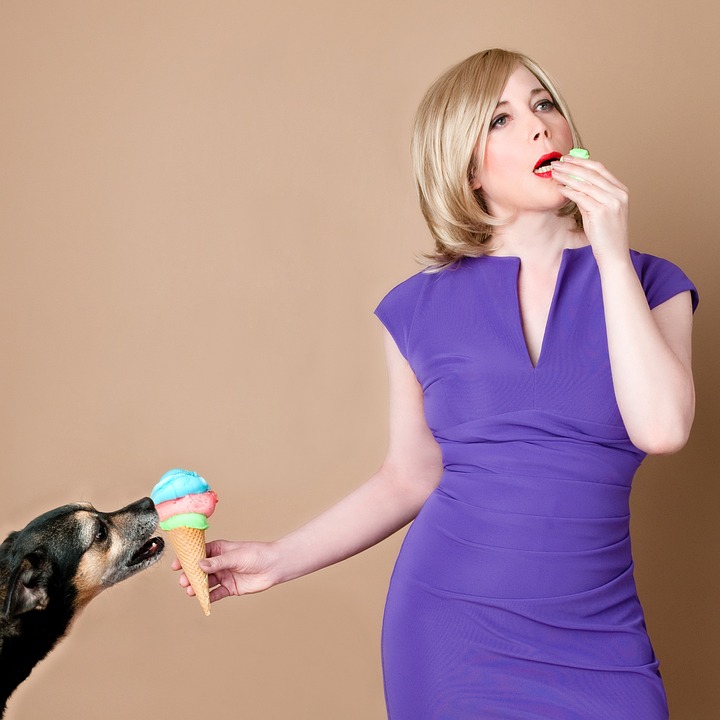Long-haired dogs are undeniably beautiful and captivating. However, their luxurious coats require special attention and care to keep them healthy and looking their best. In this article, we will explore the essential grooming and care practices for long-haired dog breeds. Whether you have a Maltese, Afghan Hound, or Shih Tzu, follow these tips to maintain a pristine coat and ensure your furry friend’s well-being.
Understanding the Unique Needs of Long-Haired Breeds
Long-haired dog breeds possess coats that are more prone to matting, tangles, and dirt accumulation. It is essential to understand the specific requirements of these breeds and tailor your grooming routine accordingly. Each breed may have different coat textures and lengths, necessitating unique care methods.
Regular Brushing: The Key to Tangle-Free Coats
Regular brushing is the cornerstone of long-haired dog care. It helps prevent mats, removes loose hair, and promotes healthy blood circulation in the skin. Use a slicker brush or a long-toothed comb suitable for your dog’s coat type. Brushing should be done gently, starting from the ends and working your way up the body. Aim for at least three brushing sessions per week, or more frequently for certain breeds.
Bathing: Keeping Your Dog’s Coat Clean and Fresh
Bathing long-haired breeds should be done every 4-6 weeks, or as needed, to keep their coats clean and odor-free. Use a high-quality dog shampoo and conditioner specifically formulated for long-haired dogs. Before bathing, thoroughly brush out any tangles or mats to prevent them from tightening during the washing process. Remember to rinse the coat thoroughly to remove all traces of shampoo and conditioner.
Trimming and Shaping: Maintaining the Perfect Length
Trimming and shaping your dog’s coat is crucial to avoid excessive matting, especially in areas prone to tangling, such as around the ears, paws, and tail. Regularly trimming these areas helps maintain a neat appearance and reduces the risk of mats. Consider professional grooming services or learn proper techniques to trim your dog’s coat at home.
Preventing Matting: Handling Tangles and Knots
Mats can be painful and cause skin irritation if left untreated. To prevent matting, check your dog’s coat daily, paying close attention to areas where friction occurs, such as under the collar or behind the ears. Use detangling sprays or specialized grooming tools to work through minor tangles gently. For severe mats, it’s best to consult a professional groomer to avoid causing any discomfort to your dog.
Eye and Ear Care: Paying Attention to Delicate Areas
Long-haired breeds often have hair that grows around their eyes and inside their ears. Regularly check and clean these areas, as debris or excessive hair can lead to infections. Use a damp cloth or specialized pet wipes to carefully clean around the eyes, and gently remove any hair that obstructs their vision. For ear care, consult your veterinarian for the appropriate cleaning solution and technique.
Nutrition and Hydration: Promoting Healthy Coats from Within
A balanced diet rich in essential nutrients is vital for maintaining a healthy coat. Ensure your long-haired dog receives high-quality dog food that contains adequate protein, fatty acids, vitamins, and minerals. Consult your veterinarian to determine the right diet for your dog’s specific breed and age. Additionally, provide fresh water at all times to promote hydration, which directly affects the condition of their coat.
Exercise and Mental Stimulation: A Holistic Approach to Care
Regular exercise not only keeps your dog physically fit but also contributes to a healthy coat. Engage your long-haired friend in daily activities that stimulate their body and mind. Exercise helps improve blood circulation, which enhances the delivery of essential nutrients to the hair follicles. Mental stimulation through interactive play, puzzle toys, or obedience training can also help reduce stress and promote a healthier coat.
FAQs
1. How often should I groom my long-haired dog?
2. Can I trim my long-haired dog’s coat at home?
3. What are the best grooming tools for long-haired breeds?
4. How do I prevent my dog’s hair from matting?
5. Are there any specific dietary requirements for long-haired dogs?
6. Should I consult a professional groomer for my long-haired dog?
7. How can I keep my long-haired dog’s ears and eyes clean?
8. Can I bathe my long-haired dog more frequently during shedding seasons?
Remember, each long-haired breed may have its unique grooming needs, so it’s essential to research and consult breed-specific resources or professional groomers for the best care practices. With proper grooming and care, your long-haired companion will not only look stunning but also enjoy a healthy and comfortable life.









